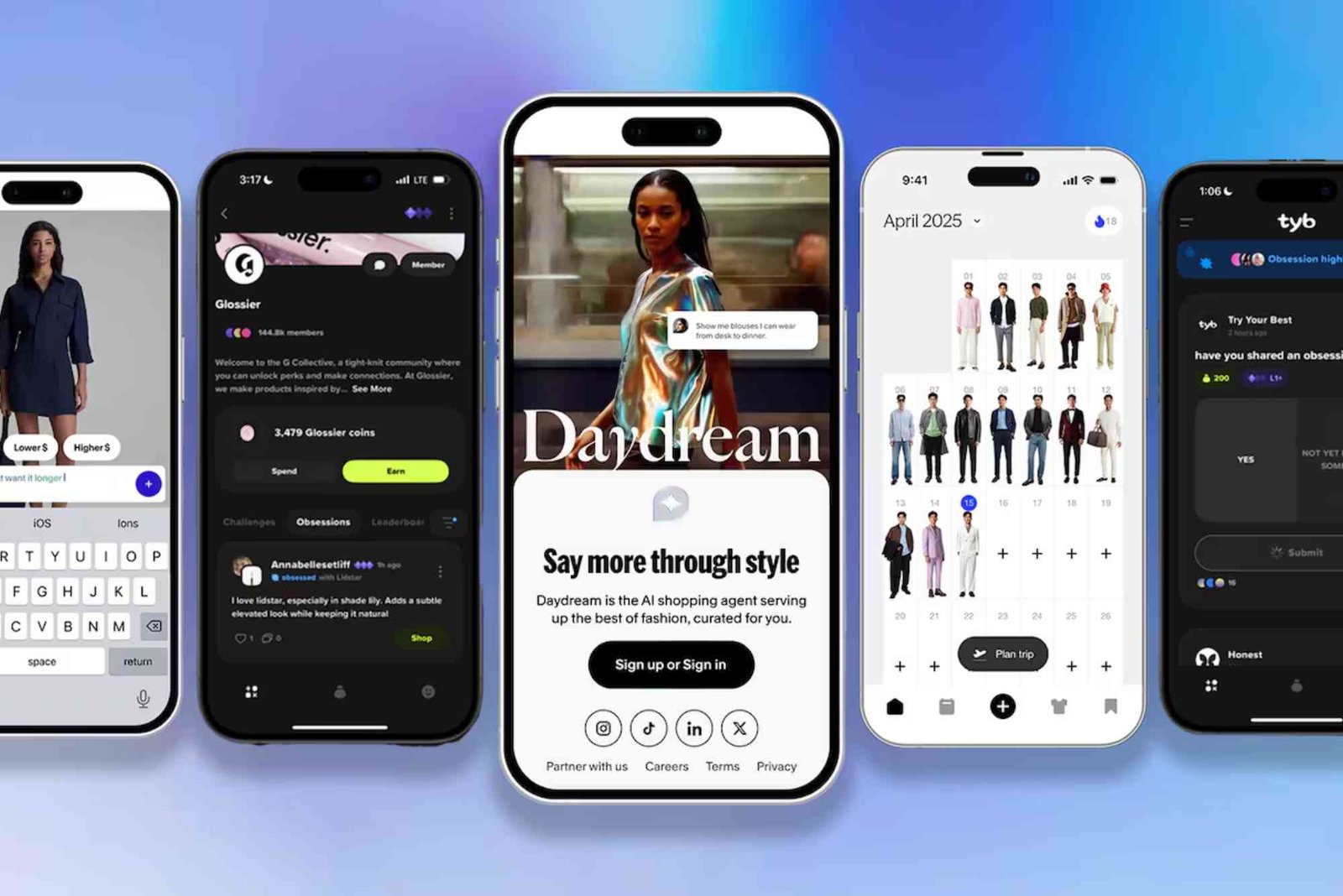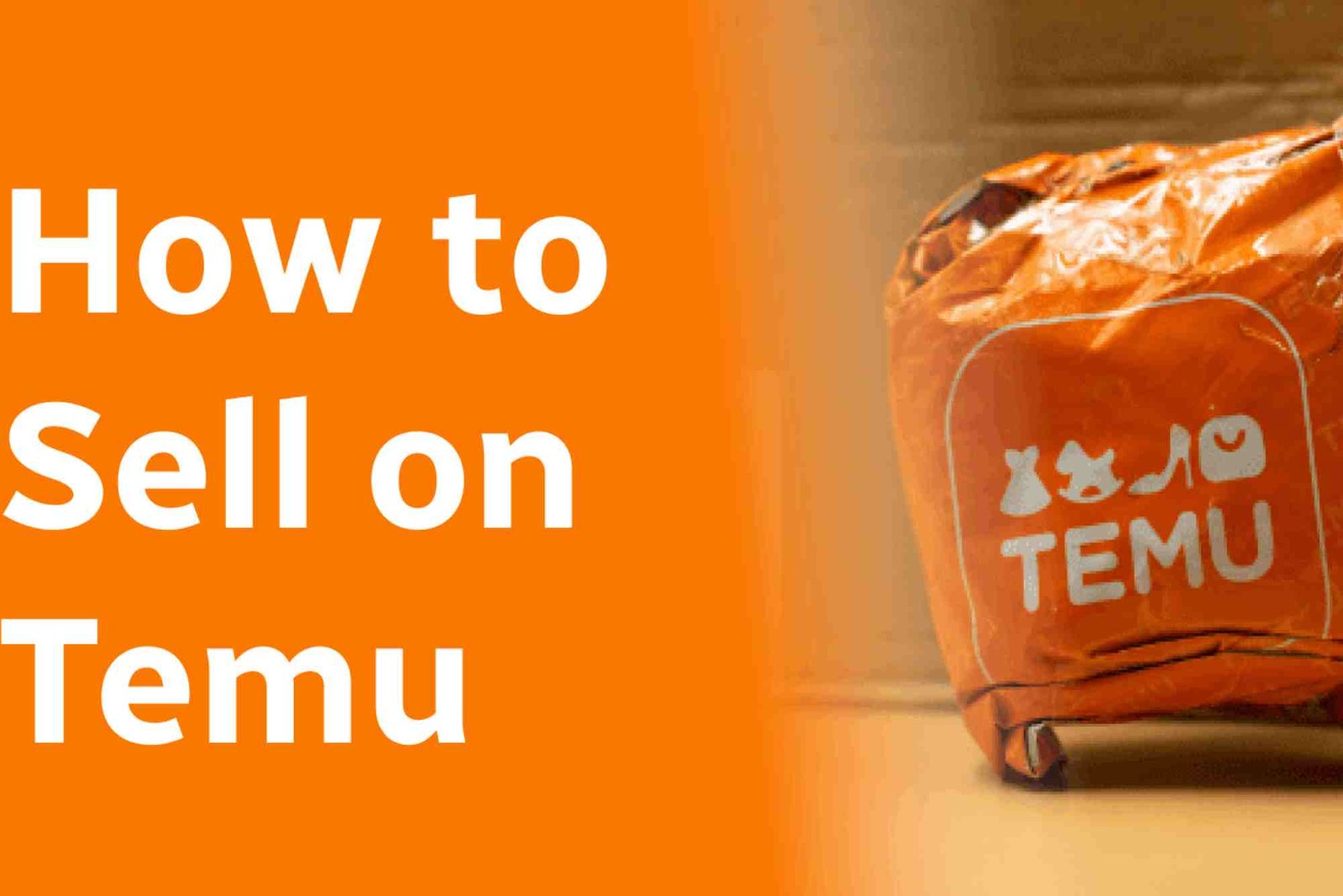Introduction
If you’ve ever wondered how websites make money through ads, you’re not alone. Many website owners reach a point where they ask, “How can I get advertising on my website?” The process can seem complicated at first, but it’s easier than most people think — especially if you understand how online advertising works. In this detailed guide, “Top Tips: How To Get Advertising On My Website Explained,” we’ll walk you through everything you need to know to attract advertisers, set up ad placements, and maximize your website’s revenue potential.
Whether you run a blog, an e-commerce site, or a news portal, the goal is the same: turning your traffic into income. From choosing the right ad networks to understanding media planning strategies like in What Is Media Planning In Advertising, this article will help you create a sustainable advertising model for your website.
Understanding Website Advertising Basics
Before diving into tips, it’s crucial to understand what website advertising actually means. Website advertising involves placing ads from brands or companies on your website in exchange for payment. These can be banner ads, sponsored content, video ads, or affiliate links.
Most website owners start with automated ad networks such as Google AdSense, which connect publishers (you) with advertisers. As your website grows, you can also attract direct advertisers willing to pay premium rates for ad space.
The amount you earn depends on several factors — traffic volume, audience demographics, niche, and ad placement quality.
How to Prepare Your Website for Advertisers
Before advertisers show interest, your site needs to be “advertiser-ready.” This means it should look professional, load fast, and provide quality content that aligns with a particular niche.
A cluttered or slow website discourages advertisers. Focus on having a clean layout, easy navigation, and visible ad spaces. For instance, a sidebar banner or a leaderboard ad above the fold often attracts attention and delivers higher click-through rates.
Moreover, optimize your site for mobile devices. Since most traffic today comes from smartphones, mobile-friendly design plays a big role in advertiser interest and overall user experience.
Top Tips: How To Get Advertising On My Website Explained — Step-by-Step Guide
Let’s break down the process of attracting and managing ads effectively.
Build Consistent Traffic and Valuable Content
Advertisers want visibility — they’ll only invest if you have a consistent flow of visitors. Focus first on content creation. Write engaging, SEO-optimized posts around trending or evergreen topics. Use long-tail keywords, build internal links, and create helpful guides.
For example, if you publish marketing-related content, link to resources like Top Tips: What Is Media Planning to enhance your topical authority and keep readers engaged.
Sign Up for Reliable Ad Networks
Ad networks make it easier to start earning from ads without negotiating directly with advertisers. Some popular options include:
-
Google AdSense – Beginner-friendly and widely used.
-
Media.net – Focuses on contextual ads, ideal for high-quality blogs.
-
Ezoic – Uses AI to optimize ad placement automatically.
-
AdThrive or Mediavine – Perfect for sites with high traffic and premium content.
Start with one network and track performance. Over time, you can experiment with combinations for better results.
Offer Direct Advertising Opportunities
Once your site grows, you can bypass ad networks and work directly with brands. Create a dedicated “Advertise With Us” page that outlines your traffic stats, audience demographics, and ad pricing.
Use analytics tools to provide data advertisers care about — monthly visitors, page views, bounce rate, and top-performing pages.
Direct ads often pay more than automated networks since there’s no middleman taking a cut.
Experiment With Ad Placement and Formats
Ad placement plays a key role in your earnings. Placing ads strategically — above the fold, within the content, or at the end of articles — can significantly improve visibility and clicks.
Common ad formats include:
-
Display ads (banner, skyscraper, leaderboard)
-
Native ads (blended into content style)
-
Video ads (embedded clips like What Is Video Advertising — A)
-
Sponsored posts or product reviews
Use heatmap tools like Hotjar to analyze where users spend the most time and adjust ad positions accordingly.
Focus on Niche Targeting
Advertisers prefer niche websites because they reach specific audiences. For example, a site dedicated to travel tips will attract airlines or hotel brands.
Find your niche and create specialized content around it. This builds trust, increases reader engagement, and makes your site appealing for relevant brands.
Build Relationships with Potential Advertisers
Don’t just wait for advertisers to find you — reach out to them. Contact companies related to your niche and propose collaboration. Offer media kits showing site stats, engagement rates, and social media reach.
You can also join platforms like BuySellAds, which connect publishers directly with advertisers seeking niche-specific placements.
Optimize Website Speed and Performance
Fast-loading websites attract more visitors and improve ad viewability. Compress images, enable caching, and use a reliable hosting service.
Search engines prioritize faster sites, so this step also helps with SEO. A better user experience means advertisers’ messages are seen more clearly — improving your reputation as a publisher.
Track and Analyze Ad Performance
To ensure your ads are performing well, monitor metrics like CTR (click-through rate), CPM (cost per thousand impressions), and conversion rates.
Google Analytics and Google Ad Manager can provide insights into user behavior and revenue performance.
Regularly A/B test ad placements and formats to find what delivers the highest returns without disrupting user experience.
Balance Ads with User Experience
Too many ads can harm your site’s readability and increase bounce rates. Strive for balance — quality content should remain your top priority.
Advertisers appreciate websites where users stay longer, interact with content, and return frequently.
Leverage Social Media for Extra Exposure
Your online presence doesn’t end with your website. Promote your site’s content across social platforms like Facebook, Instagram, LinkedIn, and X (formerly Twitter).
A strong social media presence can attract advertisers interested in multi-platform campaigns. This also builds authority and boosts your organic reach.
Advanced Tips to Increase Advertising Revenue
Once you’ve established your base, these advanced strategies can help increase your ad income:
-
Use programmatic advertising to automate ad buying and selling.
-
Offer email newsletter sponsorships to brands.
-
Try affiliate marketing for performance-based earnings.
-
Use header bidding to allow multiple advertisers to compete for space.
-
Create premium ad packages for long-term partnerships.
These methods enhance your monetization options while keeping your website professional and advertiser-friendly.
Common Mistakes to Avoid When Getting Ads
Many website owners make mistakes that limit their earning potential. Avoid the following pitfalls:
-
Overloading pages with ads (hurts UX and SEO).
-
Using low-quality or misleading ads.
-
Ignoring mobile optimization.
-
Not monitoring ad performance.
-
Violating ad network policies (risking suspension).
Maintaining transparency and professionalism ensures long-term success with advertisers.
Start Monetizing Your Website Today
Getting advertising on your website isn’t as hard as it sounds. With the right strategy, you can attract advertisers, provide value to your audience, and generate consistent income.
From building traffic and optimizing placements to exploring opportunities like the path to ad success begins with taking action today.
If you want to build a reliable advertising strategy and grow your site’s income, start by analyzing your audience and optimizing your content. The more value you offer, the more advertisers will want to work with you.
FAQs
How do I get advertisers to contact me?
Create a dedicated “Advertise With Us” page showcasing your site metrics, niche, and contact details. Promote it across your content and social channels.
How many visitors do I need before I can add ads?
Most ad networks like Google AdSense accept websites with at least a few hundred daily visitors and quality content. However, there’s no strict minimum for starting direct advertising.
Can I make money without AdSense?
Yes. You can use alternatives like Media.net, Ezoic, affiliate programs, or direct sponsorships to monetize your site.
How do I attract high-paying advertisers?
Focus on niche content, SEO ranking, and building an engaged audience. Brands pay more for targeted exposure and trusted websites.
What’s the best ad format for beginners?
Display and native ads work best initially. They’re easy to set up and maintain a clean look while generating steady revenue




